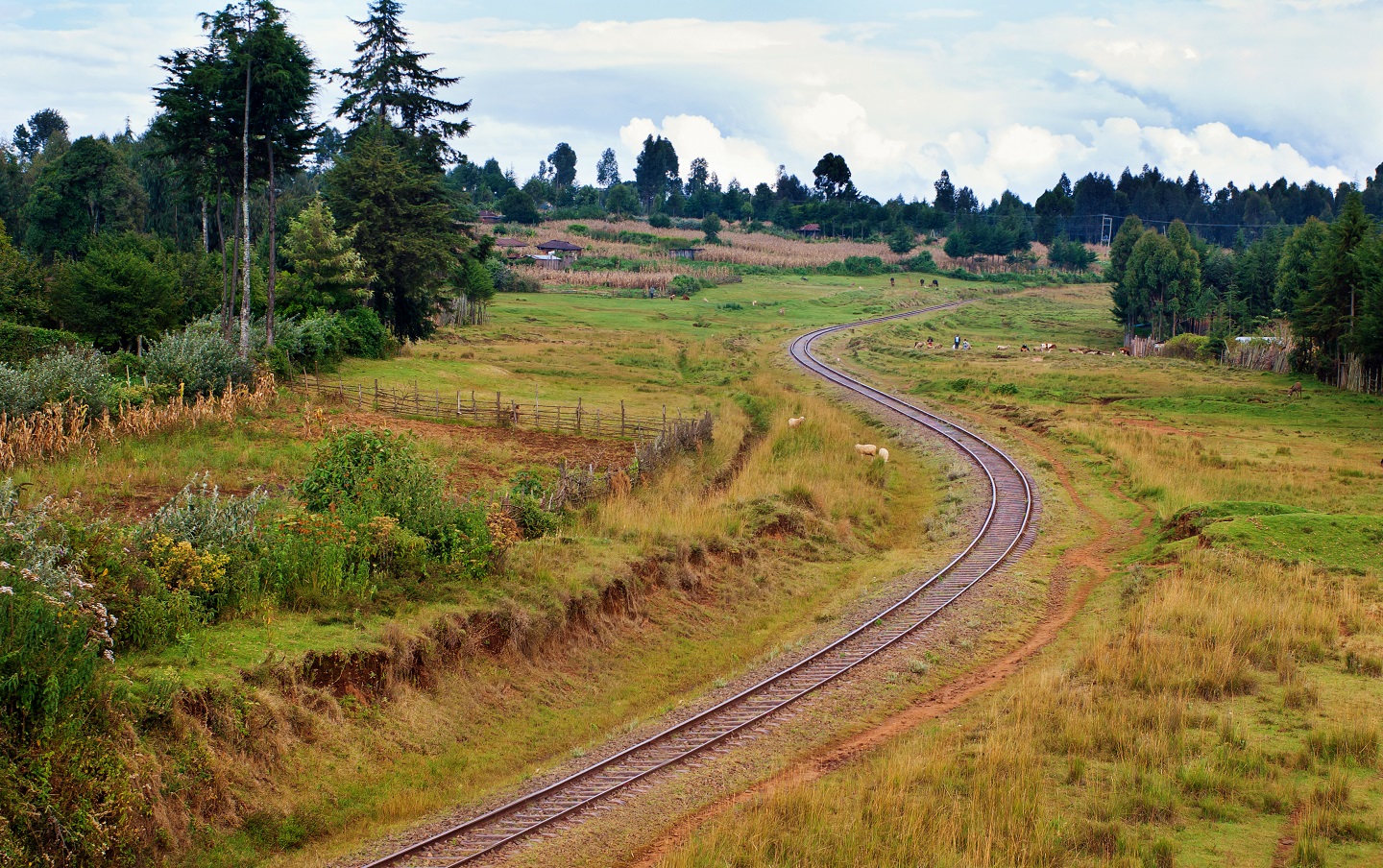
Kenya has announced its plans to commence the construction of a $13.8bn high-speed electric railway project that will connect its Lamu port to South Sudan and Ethiopia, reported Bloomberg.
Construction of this railway project, which is part of the wider Lamu Port-South Sudan-Ethiopia Transport (LAPSSET) corridor plan, is expected to start in 2025.
The LAPSSET Corridor Development Authority is responsible for this railway project.
This 3,000km standard-gauge railway will connect the new port to Isiolo and Nairobi in Kenya, as well as to Ethiopia’s Addis Ababa and Sudan’s Juba.
The railway project is estimated to have an economic internal rate of return of more than 12%.
Kenya is raising $9m from the African Union to undertake extensive feasibility and technical research for the development.
This corridor is claimed to connect countries with a combined economic output of $233bn and a population of approximately 200 million people.
Aside from the single-track rail, the LAPSSET corridor features oil pipelines, a refinery, a power plant, roads, and airports costing a total of roughly $22bn.
Currently, Kenya has finished three of the 32 berths at the new Lamu port, as well as an airport and a road connecting Isiolo to Moyale, a border town in Ethiopia.
This proposed railway is expected to aid Ethiopia in reducing its dependency on the Eritrean Red Sea ports of Assab and Massawa, as well as Djibouti.
The project also provides South Sudan with an alternative port to its current Port Sudan.
According to the LAPSSET Corridor Development Authority, 700,000 passengers are expected to use the railway annually while the demand for cargo handling from both Ethiopia and South Sudan is estimated to reach 29 million tons by the end of this decade.



